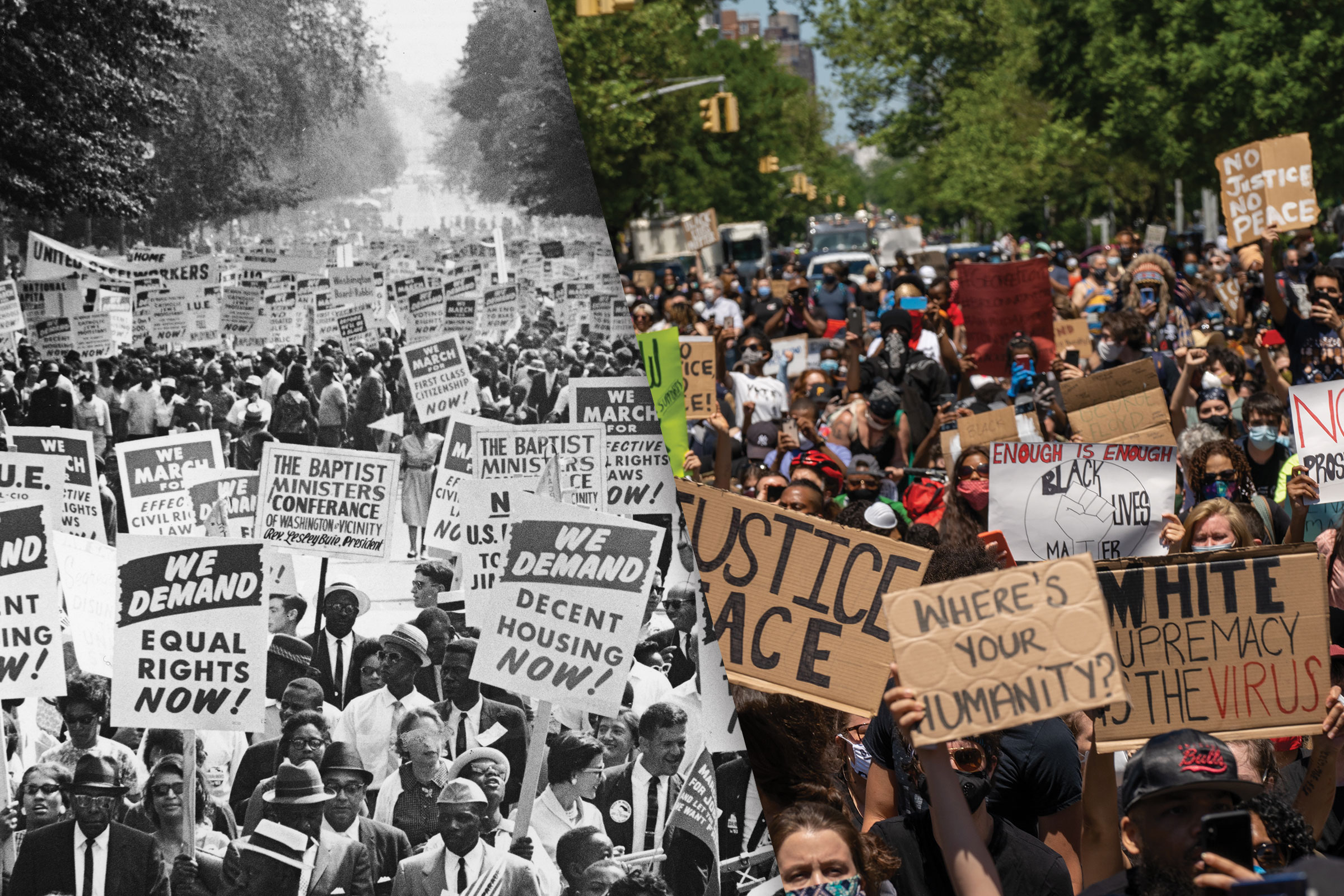The Theology of Pimping a Butterfly
One of the most compelling aspects of rapper Kendrick Lamar’s use of religion throughout his discography is the way he positions it as a means of questioning whether the potential for America’s spiritual salvation is salvageable, or whether the nation as a whole has fallen too far into corruption to be redeemed. This interpretation is introduced by scholar Kathryn Reklis in her article “Kendrick Lamar, Public Theologian.”
Throughout the album “To Pimp a Butterfly” (TPAB) in particular, Lamar examines both the arguments which support America’s potential for salvation as well as those practices which would condemn it through his own character, reckoning out his own struggles with these influences at the same moment in which he critiques their relation to American life more broadly. In so doing, Lamar ties the spiritual fate of America to that of the Black American community more broadly.

From their time of initial inception, African American religious practices and frameworks have developed in opposition to societal forces of white supremacist hegemony. Scholar Anthony Pinn demonstrates this development through his article “Black Bodies in Terror and Ecstacy”, through which he examines the ways in which religious rituals historically offered enslaved Africans in America a means of reaffirming their statuses as human individuals and possessors of their own bodies among themselves in stark contrast to the perspective purported by the white Americans surrounding them.
Similarly, throughout the album, Lamar couches the spirits of oppressive white power structures in opposition to those of Godliness and social improvement, assigning spiritual relevance to these positions. For instance, Reklis notes in her article that Lamar conflates the characters of Uncle Sam, the figurehead of American capitalism, with the Biblical character of Lucifer throughout the album’s progression. Similarly, as scholars Gregory S. Parks and Derek S. Hicks relate, a beggar encouraging Lamar’s character to demonstrate generosity through gifting him a single dollar on the song “How Much a Dollar Cost” is by the song’s end characterized as God, codifying the notions of capitalism and generous policy toward the poor as moral opposites.
Yet Lamar’s presence in both these situations complicates matters; with Lamar’s Blackness playing a key role in the problematic nature of his contributions to these problematic systems interacting with his consequent portrayal of the difficulty implicit in navigating a way free. In the dialogues woven between the individual tracks of the album, Lamar relates his difficulties to free himself from “the evils of Lucy,” many of which refer to the temptations to participate in the systems of violence and capitalistic excess set up by white American systems he describes throughout the album.
Through TPAB’s blending of politics and religiosity, Lamar continues the work of what scholar Paul Taylor describes as cultural assembly. Integrating themes of Black American participation in white supremacist structures with indictments against these structures and the pain they create alongside forces such as police brutality and Wall Street corruption effectively situates the African American dilemma of participation in American culture.
Where ‘making’ it economically implicitly funnels one into participation in these practices, Lamar refuses to ignore the harms these practices continue to perpetuate even as the skin color of those practicing them changes, nor does he waver from his critique of those ultimately responsible for instilling these structures. Yet despite the darkness of all of this, Lamar weaves moments of hope throughout the album in songs such as “Alright”, in which God’s presence is perceivable and protective as he declares “If God got us then we gon’ be alright.” By creating a new and religiously influenced lens for viewing the complexity of African American issues and subject matters in American society, Lamar has had a profound impact on the way such issues are contextualized within the societal mainstream, and has thus fundamentally impacted the overarching assembly of the Black aesthetic.